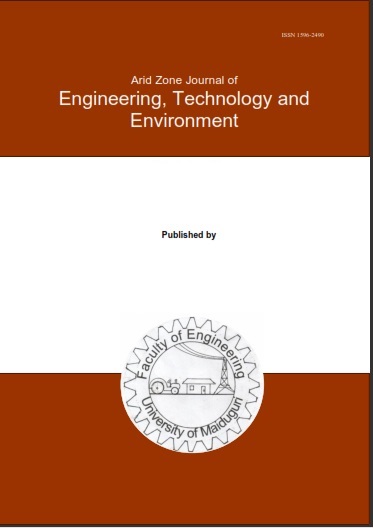Abstract
The current state of energy insecurity in Maiduguri calls for immediate action to explore and implement alternative energy sources, especially off-grid sources such as solar power, wind power etc. which could provide reliable, cost-effective, and sustainable energy solutions to the town and neighbourhoods. The University of Maiduguri is not an exception, equally faced with electricity disruptions that almost ground down the academic and administrative activities. This study aims at modeling and simulation of a solar farm using HOMER PRO software for University of Maiduguri senate complex to enhance power supply. It involves conducting an energy audit to determine the complex's electrical energy consumption, Prediction of future energy demand using HOMER PRO software, designing a solar farm model based on the energy audit and the predicted energy demand of the Senate Complex using same software. Data collected were analysed and optimised for system sizing. Based on the optimization results, model 1682 Canadian Solar Max Power CS6U-340M, 340 W per panels, 144 lead acid generic batteries rated at 1KW each (totalling 4603Ah) and 2 inverters with a combined capacity of 318kW were designed, which met the annual load demand of the complex (1.03 GWh). This study, if implemented will address the power challenges faced by the Senate complex building, thereby reducing the administrative and academic bottle neck faced by the University.

This work is licensed under a Creative Commons Attribution-NonCommercial-NoDerivatives 4.0 International License.
Copyright (c) 2025 ARID ZONE JOURNAL OF ENGINEERING, TECHNOLOGY AND ENVIRONMENT

